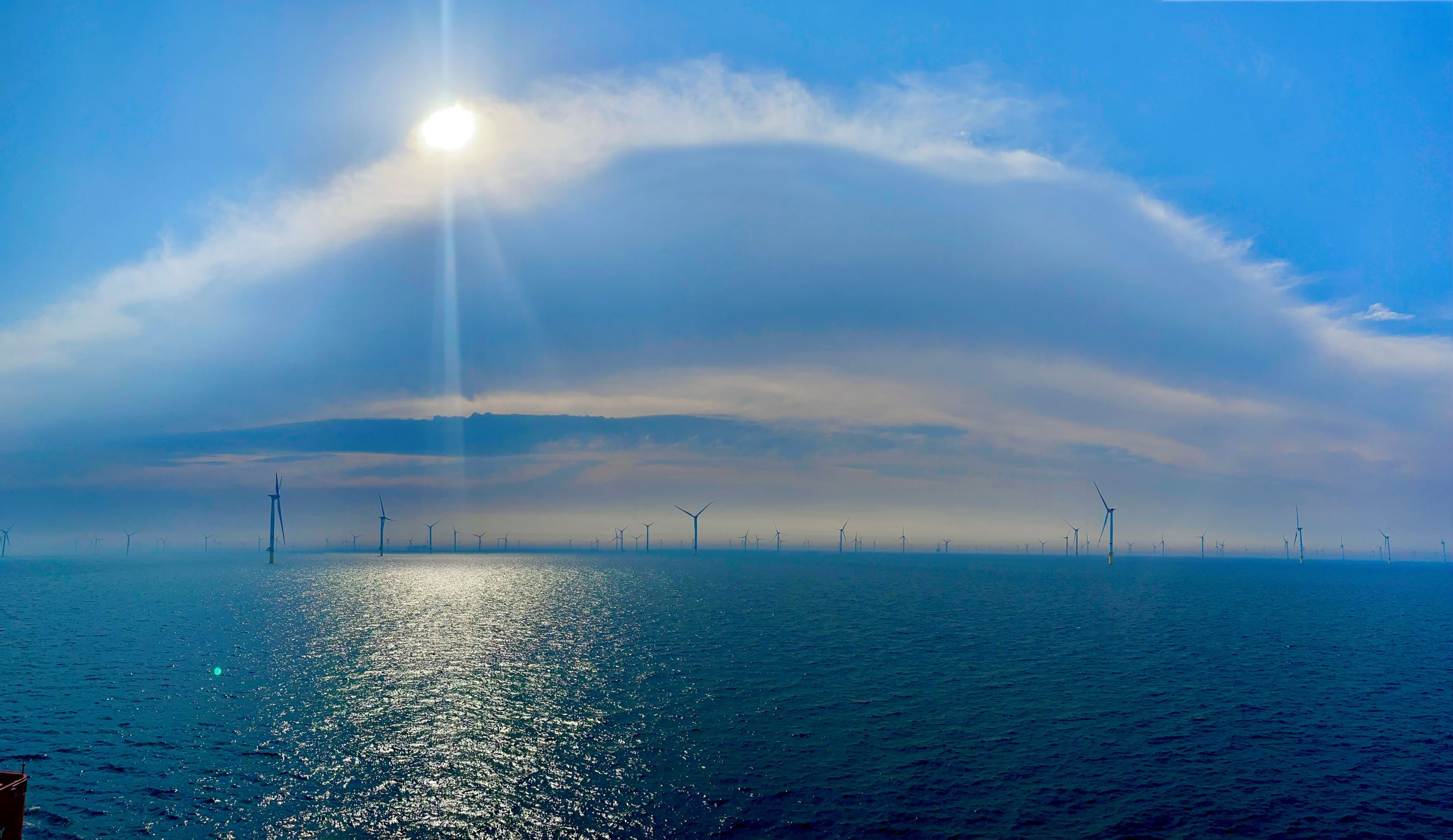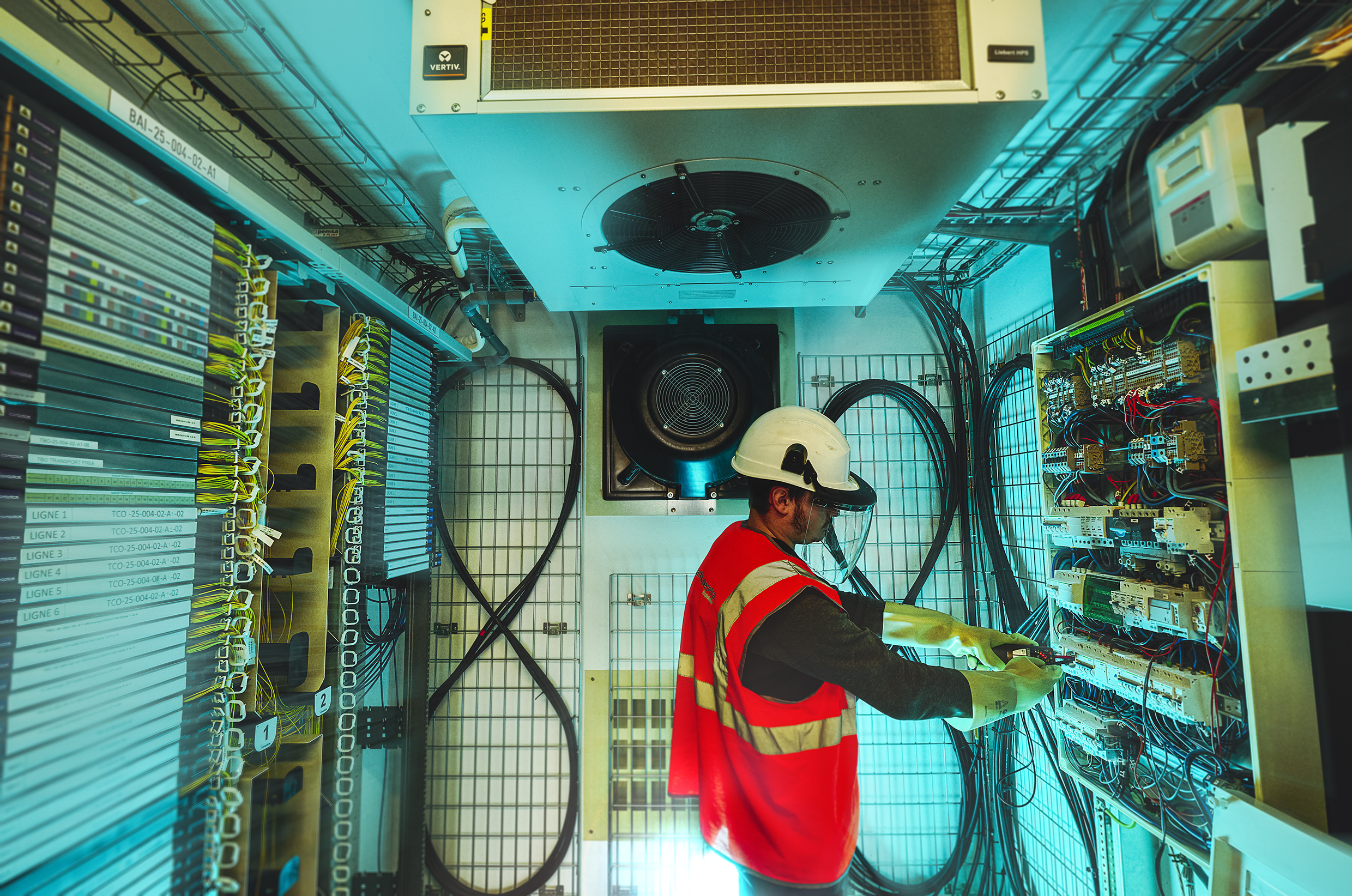—-
Outlook
A tighter focus on recurring themes driving infrastructure
Looking toward the second half of 2023, we view the dominant themes affecting infrastructure investing as being largely a continuation with those identified in our previous outlook (elevated interest rates and inflation, sustainability and demand drivers). However, national policy initiatives and market responses to developments so far this year have shifted the landscape somewhat, affecting both the opportunity set in infrastructure as well as potential risks going forward.
For example, the issue of interest rates has, in our view, moved even more to the forefront in mid-2023, especially with respect to the potential implications of high rates for the valuations of other investment types, such as infrastructure and other real assets. The high-rate environment may be a longer-term reality, as evidenced by some key benchmark bond yields remaining elevated even as short-term market disruptions pass.
At the halfway point of 2023, for instance, gilt yields indicated that they would be entrenched in the 4%-plus range for some time, as they increased to those levels during the U.S. debt ceiling debates but continued to linger there even after political leaders reached an agreement. Inflation readings in certain economies have suggested the upward price pressures have become stickier and more deeply rooted than previously anticipated. Such developments could underpin the case for a higher-for-longer interest rate environment, which would in turn pose a potential challenge to real assets and other investments should the cost of capital remain high.
However, the differentiated nature of infrastructure investing might paint a different picture for the asset class. We expect the effects of central bank policies intended to moderate inflation to increasingly filter into the economy, and the likelihood of a recession has increased as well. Infrastructure investments have historically held up well in recessionary conditions, as demand for long-term infrastructure assets tends to be inelastic and many such investments have defensive characteristics, such as pricing protection through underlying contracts.
Shorter – and longer-term growth catalysts from sustainability
We expect sustainability issues to also drive infrastructure investment. A combination of geopolitical developments and longer-term secular themes should support sustainability initiatives and related green infrastructure. On top of its immense human cost, the war in Ukraine has continued to increase concerns about energy security and, consequently, the urgency toward renewable energy development.
On the legislative front, 2022’s U.S. Inflation Reduction Act (IRA), which directed $400 billion in federal funding to clean energy, should continue to drive green infrastructure demand as this funding works its way through the economy. Such legislation has incentivized other economies, such as in Europe and Canada, to similarly invest further in clean energy.
Immediate-term geopolitical affairs aside, the longer-term global move toward sustainability will continue to act as a catalyst for infrastructure, in our view. Investment themes we are paying particularly close attention to include electrified vehicle infrastructure – such as charging facilities – as well as digitalization and the circular economy.
Authored by:
Richard Crawford, Head of Energy Income Funds
Edward Hunt, Head of Core Income Funds
Stephane Kofman, Head of Capital Gain Funds
Jack Paris, Chief Executive Officer



